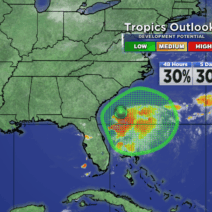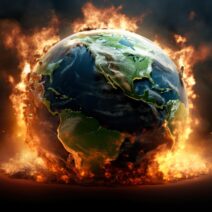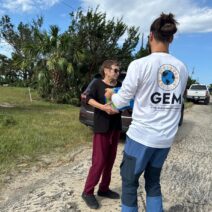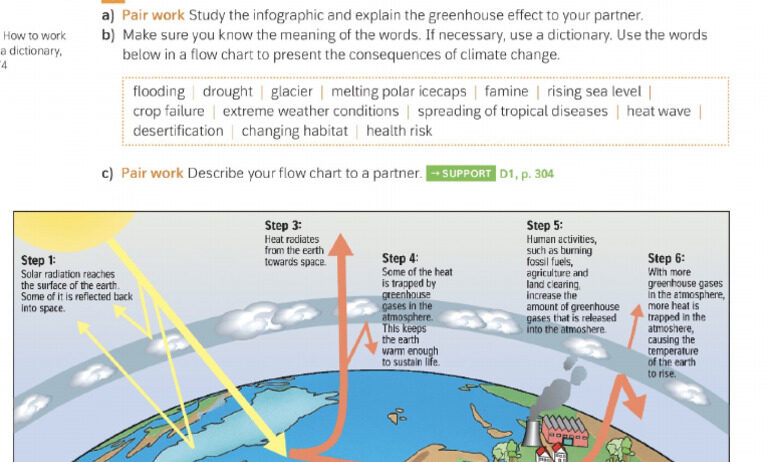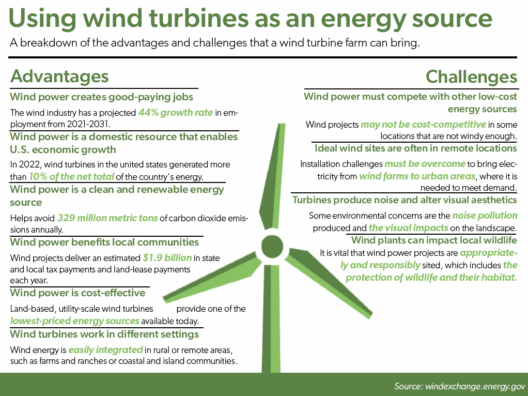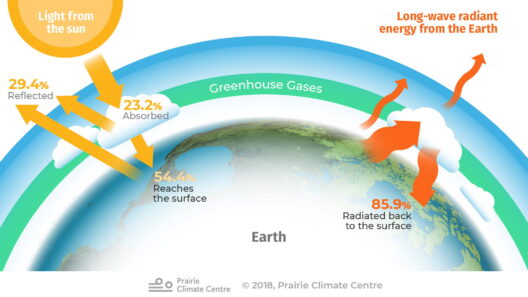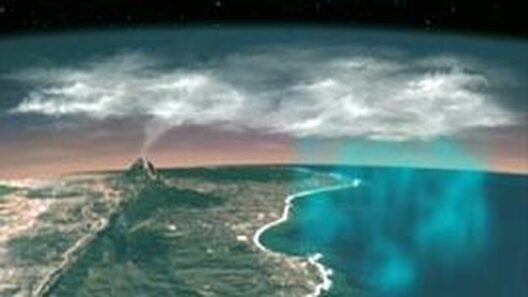The greenhouse effect is an intricate and essential natural process that sustains life on Earth. However, what if I told you that this very phenomenon, which keeps our planet warm enough to inhabit, is under threat? How does this duality shape our climate and, subsequently, our future? Delving deeper into the mechanics and implications of the greenhouse effect reveals both the beauty of our atmosphere and the vulnerabilities within it.
To understand the greenhouse effect, one must first look at its components. The Earth’s atmosphere is a complex layer of gases that interact with incoming solar radiation. These gases include, but are not limited to, carbon dioxide (CO2), methane (CH4), and nitrous oxide (N2O). They play pivotal roles as they absorb and re-radiate heat, creating the greenhouse effect—an invisible umbrella shielding the Earth from the frigid void of space.
The crux of the greenhouse effect lies in how energy from the sun interacts with the Earth. When sunlight reaches our planet, some of it is reflected back into space, but most penetrates the atmosphere and warms the Earth’s surface. In turn, the Earth emits this energy as infrared radiation. Greenhouse gases absorb a portion of this energy and re-radiate it back toward the surface. This cycle encourages a warm and life-sustaining climate. But what happens when the balance is disturbed? The answer unveils an alarming scenario for our planet.
As we continue to increase the concentration of greenhouse gases through industrial activities, deforestation, and other human-driven processes, the delicate equilibrium of the greenhouse phenomenon is disrupted. The enhanced greenhouse effect poses a significant challenge, inducing global warming and altering climate patterns. Let’s explore how this occurs and the subsequent ripple effects it triggers.
The role of human activity in exacerbating greenhouse gas emissions cannot be overstated. Fossil fuel combustion for energy production stands as a primary contributor, releasing copious amounts of CO2 into the atmosphere. In addition, agriculture and livestock management emit substantial quantities of methane, particularly from enteric fermentation in ruminant animals. Deforestation further compounds this issue, as trees—which naturally sequester CO2—are removed from the carbon cycle, leading to exacerbated levels of greenhouse gases. How do we reconcile our advancement and technological progress with the precarious state of our environment?
Several alarming consequences stem from the enhanced greenhouse effect, each one intricately linked to our livelihood and comfort. One major outcome is the rise in global temperatures, manifesting as more frequent and intense heatwaves. This has profound implications for water scarcity, food production, and the overall health of ecosystems. The consequences are not limited to temperature; they extend to shifts in precipitation patterns, contributing to severe droughts in some regions while causing deluges in others. Erratic weather patterns disrupt agriculture, leading to crop failures that threaten food security.
The melting of polar ice caps and glaciers presents another formidable challenge. As temperatures rise, vast expanses of ice are vanishing, resulting in rising sea levels that threaten coastal communities and ecosystems. Simultaneously, the loss of reflective ice surfaces accelerates warming, creating a vicious cycle of climate change. Scientists warn that even minor shifts in temperature could lead to irreversible damage to polar habitats and the species that depend on them.
The impact of the greenhouse effect is not confined to environmental changes alone. Social ramifications are equally profound. Increased natural disasters and climate variability strain governmental systems and infrastructure. Migration patterns may shift, as communities seek refuge from climate-related disasters, generating social tensions and conflicts over resources. It begs the question: how do societies prepare for and adapt to this uncertain climate future?
Understanding the greenhouse effect compels us to consider mitigation strategies. Transitioning to renewable energy sources, such as solar or wind, reduces our reliance on fossil fuels and curtails emissions. Moreover, adopting energy-efficient practices and technologies can go a long way. Investment in reforestation projects enhances carbon sequestration, making a tangible impact against rising atmospheric CO2 levels. These measures bring hope, but they also require collective action and global cooperation to be effective.
To tackle the pressing issue of climate change, active participation from individuals, communities, industries, and governments is imperative. Education plays a pivotal role in this endeavor, fostering awareness about the intricacies of the greenhouse effect and instigating behavioral changes. The infusion of climate literacy into our education systems can empower future generations to become stewards of the planet, ensuring a balanced relationship with our environment.
In conclusion, the greenhouse effect represents both a natural boon for sustaining life and a potential catastrophe for future generations in the face of anthropogenic influence. While the challenges posed by enhanced greenhouse gas emissions are immediate and overwhelming, the resilience of humanity reveals potential pathways for recovery and sustainability. The question remains: Are we equipped to rise to the occasion and preserve the delicate balance of our atmospheric ecosystem for generations to come?
